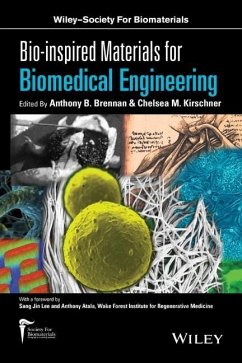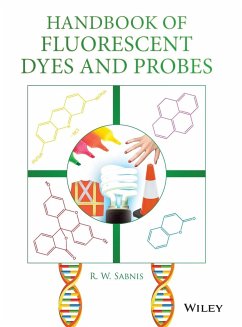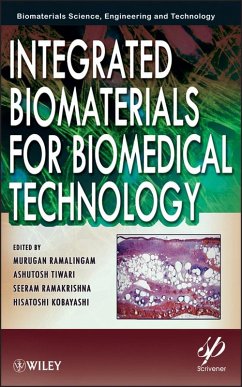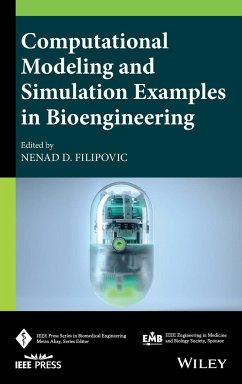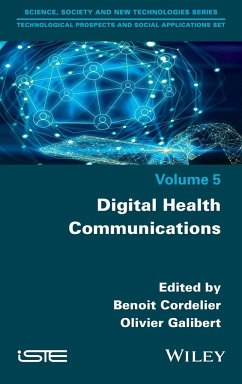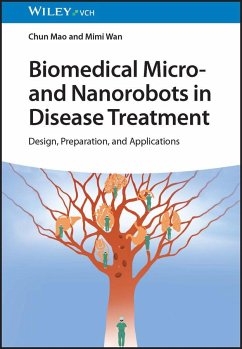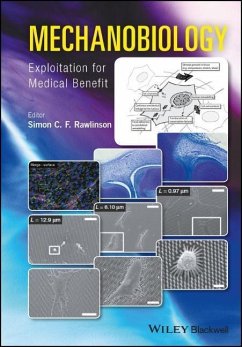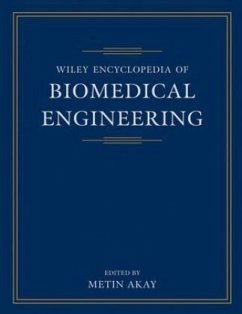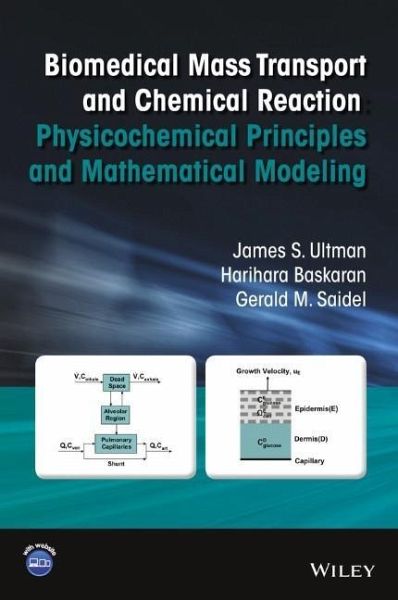
Biomedical Mass Transport and Chemical Reaction
Physicochemical Principles and Mathematical Modeling
Versandkostenfrei!
Versandfertig in über 4 Wochen
150,99 €
inkl. MwSt.
Weitere Ausgaben:

PAYBACK Punkte
75 °P sammeln!
Teaches the fundamentals of mass transport with a unique approach emphasizing engineering principles in a biomedical environment_ Includes a basic review of physiology, chemical thermodynamics, chemical kinetics, mass transport, fluid mechanics and relevant mathematical methods_ Teaches engineering principles and mathematical modelling useful in the broad range of problems that students will encounter in their academic programs as well as later on in their careers_ Illustrates principles with examples taken from physiology and medicine or with design problems involving biomedical devices_ Stre...
Teaches the fundamentals of mass transport with a unique approach emphasizing engineering principles in a biomedical environment
_ Includes a basic review of physiology, chemical thermodynamics, chemical kinetics, mass transport, fluid mechanics and relevant mathematical methods
_ Teaches engineering principles and mathematical modelling useful in the broad range of problems that students will encounter in their academic programs as well as later on in their careers
_ Illustrates principles with examples taken from physiology and medicine or with design problems involving biomedical devices
_ Stresses the simplification of problem formulations based on key geometric and functional features that permit practical analyses of biomedical applications
_ Offers a web site of homework problems associated with each chapter and solutions available to instructors
Homework problems related to each chapter are available from a supplementary website (
_ Includes a basic review of physiology, chemical thermodynamics, chemical kinetics, mass transport, fluid mechanics and relevant mathematical methods
_ Teaches engineering principles and mathematical modelling useful in the broad range of problems that students will encounter in their academic programs as well as later on in their careers
_ Illustrates principles with examples taken from physiology and medicine or with design problems involving biomedical devices
_ Stresses the simplification of problem formulations based on key geometric and functional features that permit practical analyses of biomedical applications
_ Offers a web site of homework problems associated with each chapter and solutions available to instructors
Homework problems related to each chapter are available from a supplementary website (




